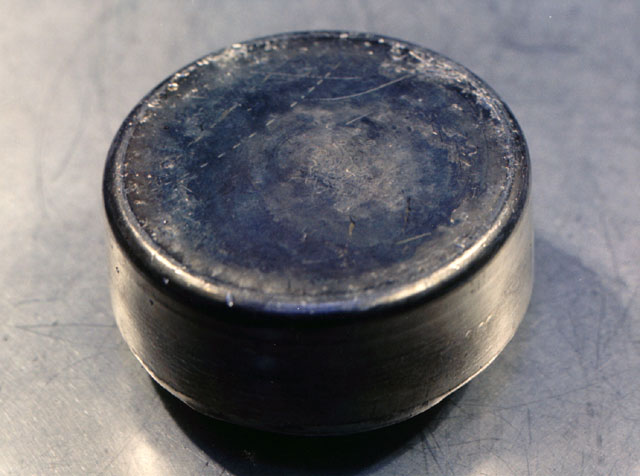- Uranium is a very heavy metal which can be used as an abundant source of concentrated energy.
- Uranium occurs in most rocks in concentrations of 2 to 4 parts per million and is as common in the Earth's crust as tin, tungsten and molybdenum. Uranium occurs in seawater, and can be recovered from the oceans.
- Uranium was discovered in 1789 by Martin Klaproth, a German chemist, in the mineral called pitchblende. It was named after the planet Uranus, which had been discovered eight years earlier.
Plutonium is radioactive. Freshly prepared plutonium metal has a silvery bright color but takes on a dull gray, yellow, or olive green tarnish when oxidized in air. The metal quickly dissolves in concentrated mineral acids. A large piece of plutonium feels warm to the touch because of the energy given off by alpha decay; larger pieces can produce enough heat to boil water. At room temperature alpha-form plutonium (the most common form) is as hard and brittle as cast iron. It can be alloyed with other metals to form the room-temperature stabilized delta form, which is soft and ductile. Unlike most metals, plutonium is not a good conductor of heat or electricity. It has a low melting point and an unusually high boiling point.
both uranium (or as I call it urinium) and plutonium are very radioactive. and it is used as battery or fuel for a nuclear factory






